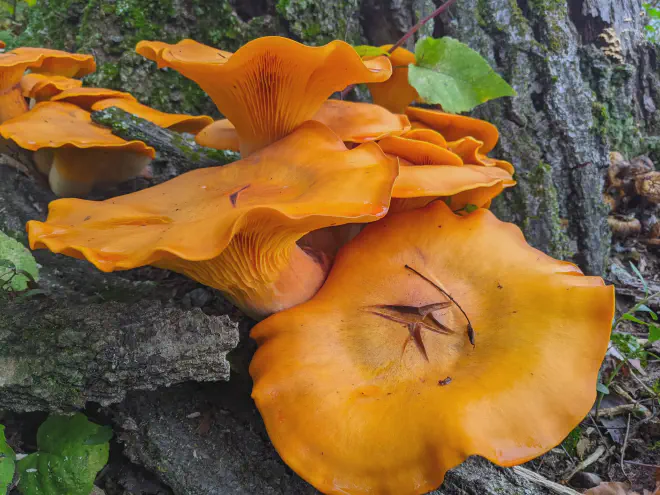Biodiversity
Biodiversity is the total number of kinds of living things – usually species – in a particular place or time.
Determining the number of species in a given area – even a small plot of land or piece of coral reef – is surprisingly difficult. While scientists think they know general patterns of species diversity, figuring out exactly how may species there are on the Earth as a whole, or in one particular piece of it, is one of the greatest challenges facing science today. In other words: we don’t know how many species there are and we need to figure it out, since many are under threat due to human activity.

Biodiversity in Central New York State
As is true of any place on Earth, when you ask “how many species live in Central New York”, the answer depends on how large an area you’re looking at, and how carefully all the various groups of organisms have been studied scientifically.
“Central New York” is a general term for the region surrounding the Finger Lakes, roughly between Lake Ontario and the Pennsylvania border, between Rochester and Binghamton. Within this area is the “Cayuga Lake Basin” – the land surrounding the lake and from which water drains into it. This is an area of around 785 square miles (approximately 500,000 acres; 2033 sq km), including parts of at least 14 counties in New York State.
The land habitats of the Cayuga Lake Basin are today home to:
- 1,265 vascular native plant species
- 777 non-native plant species
- at least 48 species of mosses and liverworts
- at least 100 species of fungi
- about 20 species of earthworms
- at least 56 native species of land snails
- 16 native species of amphibians (10 salamanders and six frogs)
- about 20 native species of reptiles (snakes and turtles)
- 150 species of breeding birds
- about 55 native species of mammals
No one knows how many species of insects inhabit this area.
The Lake itself is home to:
- at least 90 species of fishes
- 8-10 species of mussels (bivalve mollusks)
- at least 25 species of crustaceans
- 43 species of aquatic plants

